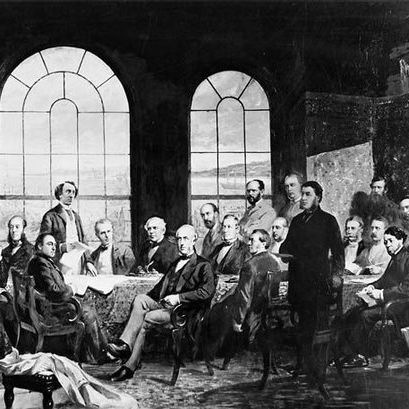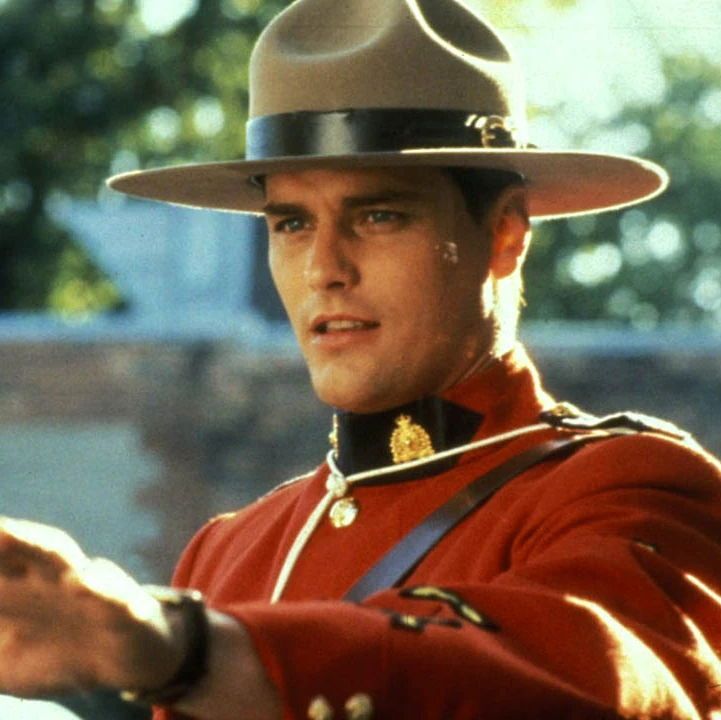It is #PrideMonth and this is the story of LGBTQ rights activist Jim Egan, who brought forward a landmark Supreme Court case!
Jim Egan was born in Toronto on Sept. 14, 1921. Egan realized he was gay at a young age & in 1948, he met his partner John Nesbit.
🧵1/6
Jim Egan was born in Toronto on Sept. 14, 1921. Egan realized he was gay at a young age & in 1948, he met his partner John Nesbit.
🧵1/6

Since he was self-employed, Egan knew he could speak out without losing his job. Starting in 1949, he began writing hundreds of letters, articles & op-ed pieces to newspapers and magazines advocating for equal rights for the LGBTQ community.
🧵2/6
🧵2/6

His letters and articles appeared across Canada, first under a pseudonym and then under his real name by the 1960s.
In 1964, he appeared in a Maclean's article that was a positive portrayal of homosexuality that was rare in mainstream media at the time.
🧵3/6
In 1964, he appeared in a Maclean's article that was a positive portrayal of homosexuality that was rare in mainstream media at the time.
🧵3/6

His partner Nesbit asked him to give up his activism, but Egan refused and the couple broke up.
Soon after, Egan moved to B.C. The couple reunited on Vancouver Island in the mid-1960s.
In 1986, Egan retired and began collecting Canada Pension Plan benefits.
🧵4/6
Soon after, Egan moved to B.C. The couple reunited on Vancouver Island in the mid-1960s.
In 1986, Egan retired and began collecting Canada Pension Plan benefits.
🧵4/6

He applied for spousal benefits for Nesbit in 1987 but this was denied. Egan took the matter to court. He lost at the Federal Court in 1991 & the Federal Court of Appeal in 1993
He reached the Supreme Court in 1994, which ruled against Egan & the issue of spousal benefits
🧵5/6
He reached the Supreme Court in 1994, which ruled against Egan & the issue of spousal benefits
🧵5/6

The court did rule that sexual orientation should be included as a prohibited grounds for discrimination under the Charter of Rights and Freedoms.
This was a massive victory for the LGBTQ community.
Egan died in 2000, Nesbit died three months later
🧵6/6
This was a massive victory for the LGBTQ community.
Egan died in 2000, Nesbit died three months later
🧵6/6
• • •
Missing some Tweet in this thread? You can try to
force a refresh





















